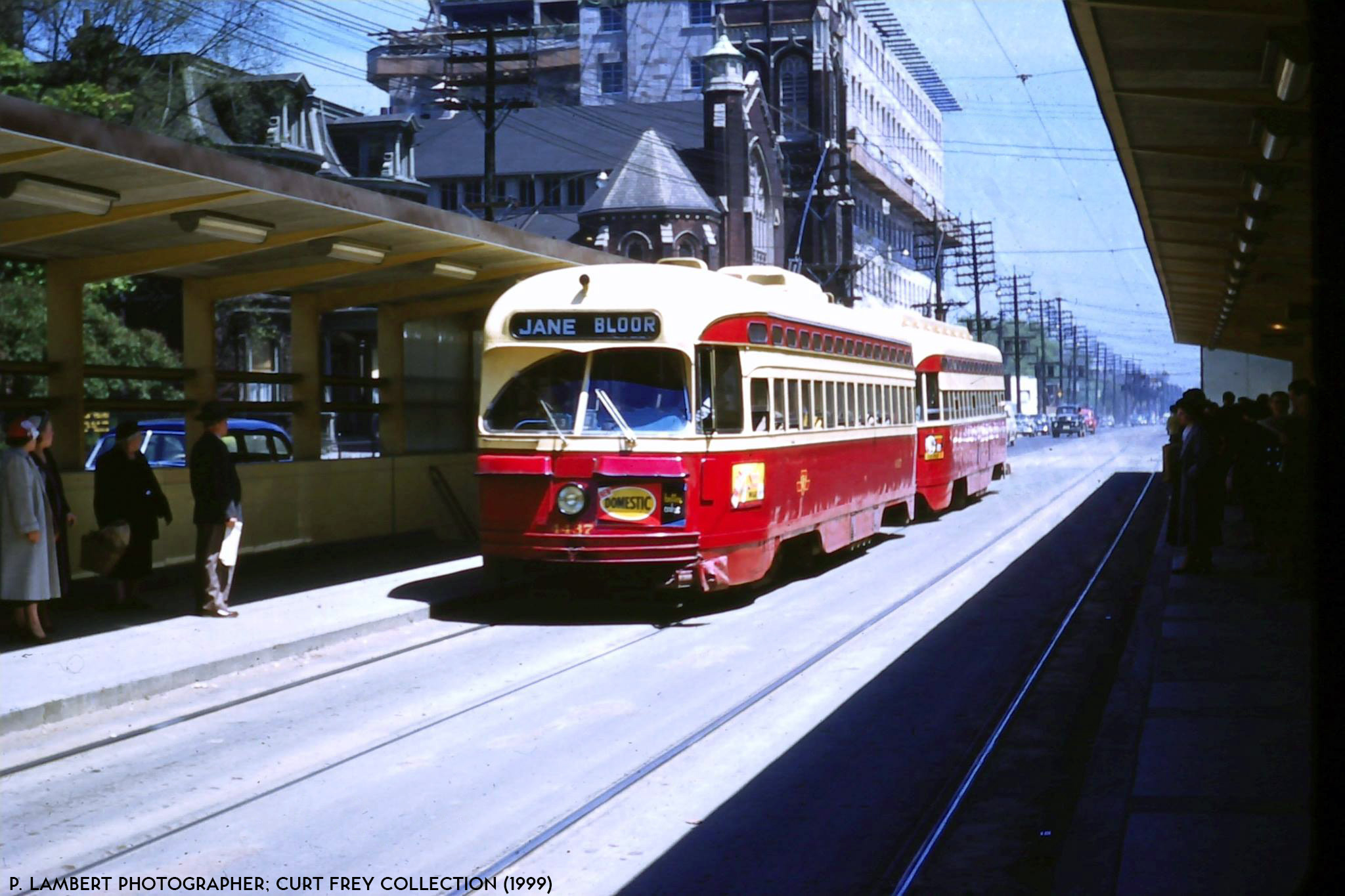dowlingm
Senior Member
Money still has to be found to repay the pension funds investment. It's just another way to borrow money.
True, but it can take somewhat bigger risks, with less mark-up, if the government wants to interfere.Money still has to be found to repay the pension funds investment. It's just another way to borrow money.
True, and even if we could achieve 90 seconds it still wouldn't have any of the other benefits of the relief line - expanded rapid transit coverage to some of the most densely populated parts of the city, streetcar relief, spreading out the crowds, and a faster ride. Plus it would still leave the network with one massive point of failure - one problem and the whole network grinds to a halt. We need redundancy in the system, as the relief line alliance pointed out on their Facebook feed today.The 90 second frequency can't be achieved both because of Bloor Yonge and the time it takes to turn a train around at the end of the line, so that will literally never happen.

True, and even if we could achieve 90 seconds it still wouldn't have any of the other benefits of the relief line - expanded rapid transit coverage to some of the most densely populated parts of the city, streetcar relief, spreading out the crowds, and a faster ride. Plus it would still leave the network with one massive point of failure - one problem and the whole network grinds to a halt. We need redundancy in the system, as the relief line alliance pointed out on their Facebook feed today.

True, and even if we could achieve 90 seconds it still wouldn't have any of the other benefits of the relief line - expanded rapid transit coverage to some of the most densely populated parts of the city, streetcar relief, spreading out the crowds, and a faster ride. Plus it would still leave the network with one massive point of failure - one problem and the whole network grinds to a halt. We need redundancy in the system, as the relief line alliance pointed out on their Facebook feed today.

^Dismissing local riders in the design of the subway would be a huge mistake. Subways were invented to handle local and medium distance travel that surface transit no longer accommodates.
Absolutely - the DRL should have similar stop spacing as Line 2.
Amen!!!Furthermore, the political climate will never be as good as now with the Feds willing to spend billions on mega projects and also willing to pay beyond the traditional 1/3 of the bill. This is a once in a lifetime opportunity to get funding for the line ALL AT ONCE while being opened in phases.
I'm hoping the city and the province gets the whole line shovel ready ASAP. (City Hall to Sheppard-Don Mills)
I would hope for some audacity and having them propose Don Mills-Sheppard to Mt.Dennis via Downtown.


Why wouldn't we just get it to duck into an underground portal, like St Clair West but minus the loop?